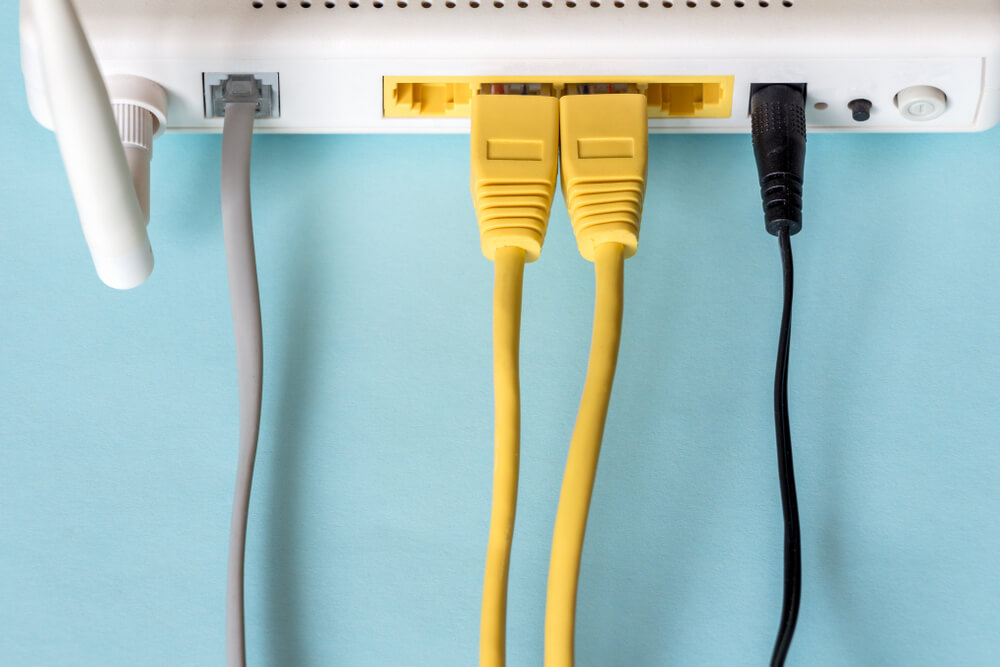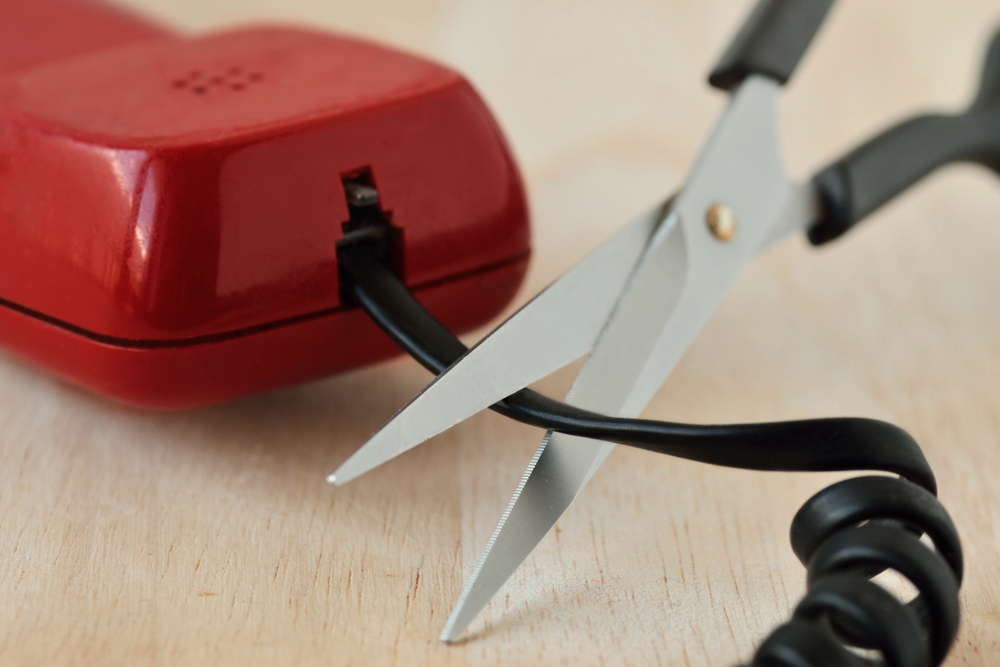Although not everyone in the UK uses the internet regularly, it is estimated that
over 90% of us do. We tend to connect to the internet without really thinking about how it happens. We have
all heard of broadband, full-fibre broadband and wireless broadband but what actually is it? Here are 10
essential facts about fibre broadband which should make life easier for you when you choose a provider.
First of all, did you know that there are three different types of fixed-line broadband? ADSL, Cable & Fibre. These
facts will help you understand what is available and what options are available for you.
1 - ADSL (Asymmetric Digital Subscriber Line)
This type of broadband is very common in the UK, it connects you to the internet through the copper wires of your telephone line. The speed of your broadband depends on how close you are to the telephone exchange. Upload speeds are slower than download speeds with ADSL. The number of people and/or devices connected at any one time will also have an impact on speed.
2 - Cable Broadband
Cable broadband is different to ADSL because it connects your home to an on-street cabinet via coaxial cables. It then uses the network of fibre-optic cables between the cabinet and your internet provider. Cable broadband can deliver super-fast internet connection as well as phone and television services.
3 - Fibre Optic Broadband
This works by using clusters of fibre-optic cables. These cables are tubes that are
thinner than a human hair. With this technology, information is transferred by sending flashes of light down
the tube. The flashes bounce of the walls of the tube to travel. The equipment at the other end of the cable
then interprets the flashes and turns them into data. The information literally travels at the speed of light.
There are two main types of fibre optic broadband as explained below...
4 - FTTC Fibre Broadband
FTTC stands for Fibre To The Cabinet. With this type of broadband, fibre-optic cable
run from the telephone exchange to the cabinets in the street. Copper wires are then used to connect your house
to the cabinet. This is the most common type of connection in the UK.
Because you are essentially using your telephone line for this type of connection, internet speeds will depend on your
distance from the cabinet. If your home is only 100m from the on-street cabinet, you could expect speeds of
100Mbps (Megabits per second). In contrast, if you are 1500m from the cabinet, the speed could drop to 15Mbps!
FTTC broadband is cheaper to install because the network of fibre-optics and on-street cabinets is already there.
This means that there is no need to dig up roads to connect you.
5 - FTTP Fibre Broadband
FTTP stands for Fibre To The Premises. This is the broadband of the future and works
by running the fibre-optic cables directly to you home (or business). Unfortunately, FTTP is not yet widely
available. Demand is growing however and the Government are planning to have it rolled-out to 3 million homes
and businesses by the end of 2020.
FTTP is currently more expensive than FTTC as it involves new infrastructure which is costly to set up.
FTTP's big benefit is it's speed. You can expect impressive speeds of up to 1Gbps (Gigabits per second). FTTP is also
much less likely to cut out so if losing connection is a big priority for you, FTTP will be the way forward.
How long you will have to wait for it depends on where you are so always check with your current internet
provider or use BillBuddy to find a new provider who can offer this service.
6 - Fibre Broadband Is Green!
Fibre broadband consumes less energy in comparison to other types of internet connection. It also helps decrease carbon emissions and has very little ecological impact.
7 - Fibre Broadband Can Be Cheaper Than ADSL
A recent Ofcom (the UK regulator for the communications industry) report found that many customers with older, copper-based, broadband paid more than superfast fibre customers. If you happen to be out of contract with your current ADSL provider, you could be paying more for a slower service.
8 - Do You Need a Phone Line To Get Fibre Broadband
Yes - and no is the answer to this question. It really depends on the type of fibre
broadband you choose.
FTTC broadband still needs to use your phone line to connect you to the on-street cabinet. Landlines are becoming more
and more rare nowadays. The majority of us use mobile phones and it seems uneconomical to pay for something
that you will rarely, if ever, use.
There are limited options which will give you super-fast broadband without a landline. Virgin Media Broadband
or Mobile Broadband are two options id you want to save the cost of landline rental each month. Virgin's network
is completely fibre-optic so check if it is available in your area.
With Mobile broadband there is usually an option to pay as you go, ideal if you are a limited user of the internet.
The roll out of FTTP fibre broadband will offer more and more opportunities to enjoy super-fast broadband without the
need for a landline. Speak to your provider to find out if and when they will be offering FTTP in your area.
BillBuddy will be able to compare providers and show you the most cost-effective way to enjoy this new
technology in your home.



